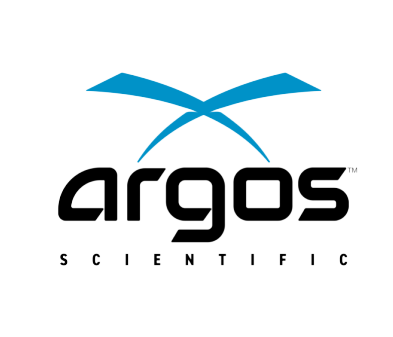
Parkrose Community
Air Monitoring Project




This data has not passed through its final quality assurance process
This data has not passed through its final quality assurance process
This data has not passed through its final quality assurance process

For access to data beyond the most recent 30-day period, contact Argos:
parkrose@argos-sci.co.za
+1 (503) 421-0228
The UV DOAS air monitoring system detects gases such as benzene, toluene, xylene, nitric oxide (NO), and sulfur dioxide (SO2). These gases may be emitted by mobile sources such as cars and trucks. They are also commonly found in the ambient air near refineries, chemical plants, as well as oil and gas well pads.
The UV DOAS detects these gases on a real-time basis using beams of ultraviolet light. A beam of light is sent out in the open air to a reflector at the other end of the beam path. The light beam is then transmitted back to the base unit where the light spectra is analyzed. The system identifies gases by examining the wavelengths of UV light that have been absorbed by the gases present in the light beam. The amount of gas in the air is proportional to the amount of light absorbed at specific wavelengths.
The system uses a multivariate method to quantify data. This analytic approach is critical to ensure false detections of gas do not occur. Each target gas has a spectral library of gases covering the concentration range of the analyzer. It also includes libraries of potential interfering gases such as oxygen and ozone. In addition, the system has the ability to undergo data and quality assurance checks in the field by using a sealed gas cell that contains the target gases.
Particulate matter (PM) is a type of air pollution made up of tiny particles that can be inhaled into the lungs. These particles can come from a variety of sources, including vehicle exhaust, industrial emissions, wildfires, and dust storms. The health effects of exposure to PM can vary depending on the size of the particles and how deeply they penetrate the respiratory system. For this study, we will install a network of Praxis OPCube air monitoring systems that can simultaneously measure particulate matter from PM1, PM 2.5, and PM10. These represent the size of the particulate matter being measured in microns.
After the sale of the former K-Mart property on Northeast Sandy Boulevard at 122nd Avenue, there is a growing concern within the community regarding the air quality in the area. This particular location is home to three schools situated along the same street. Prologis Inc., a San Francisco-based company specializing in merchandise transportation for major corporations such as Amazon and Home Depot, has proposed repurposing the old building into a warehouse and distribution center. However, this development is expected to result in increased truck traffic, raising concerns about elevated pollution levels in the vicinity.
To address these concerns, Argos Scientific is collaborating with the Parkrose Argay Opportunity Coalition (PAOC) and Parkrose School District to implement an air monitoring program. The objective of this program is to monitor the air quality of the Parkrose-Argay neighborhood before, during, and after the construction of the future distribution center. It involves the operation of various air monitoring systems to measure emissions in the vicinity of the facility. The data collected from these monitoring systems will be made available to the public in real-time. This will enable the local community to monitor pollution levels at all stages of the construction process and potentially utilize the gathered data to advocate for better air quality.
PAOC aims to address the impending pollution challenges posed by the future distribution center. Their collective efforts are focused on combating pollution and safeguarding the Parkrose-Argay community. PAOC advocates for an alternative use of the site that actively serves the already underserved community, aiming to establish a safe and healthy environment for the neighborhood.
Argos Scientific is collaborating with the superintendent of the Parkrose School District to install air monitoring equipment around the three schools neighboring the future distribution center. This initiative ensures the well-being and safety of students, staff, and the surrounding community by measuring pollutants associated with diesel emissions, including benzene, toluene, ethylbenzene, nitric oxide, sulfur dioxide, particulate matter, and black carbon. Meteorological data is also collected to aid in identifying emission sources and tracking their impact.
Argos, a highly regarded expert in air quality monitoring worldwide since its establishment in 2006, currently operates fence-line monitoring systems in multiple refineries and manages community monitoring systems in various regions of the country. They contribute to research on state-of-the-art advancements in monitoring technologies, and their commitment lies in providing high-quality data to improve public health worldwide.